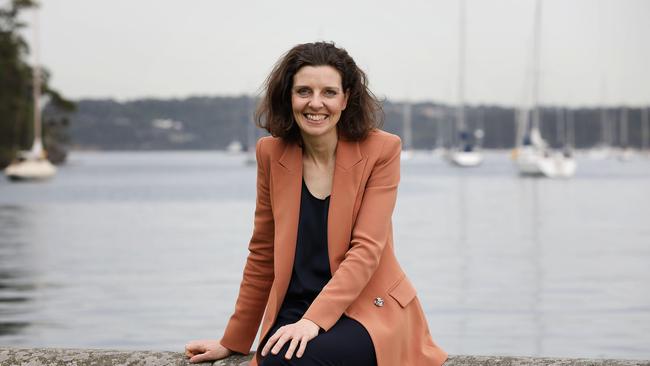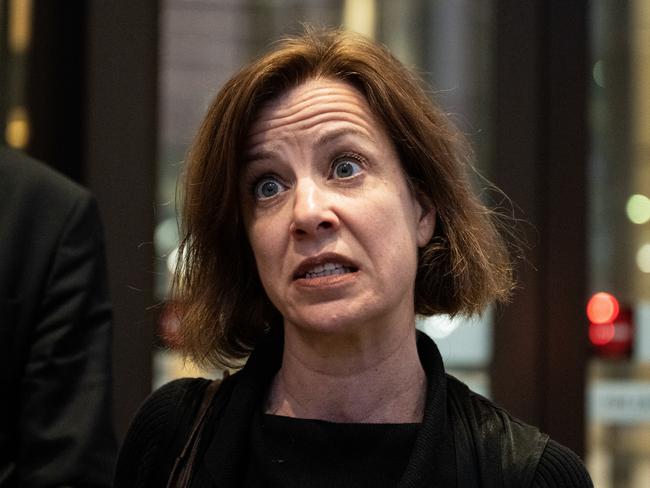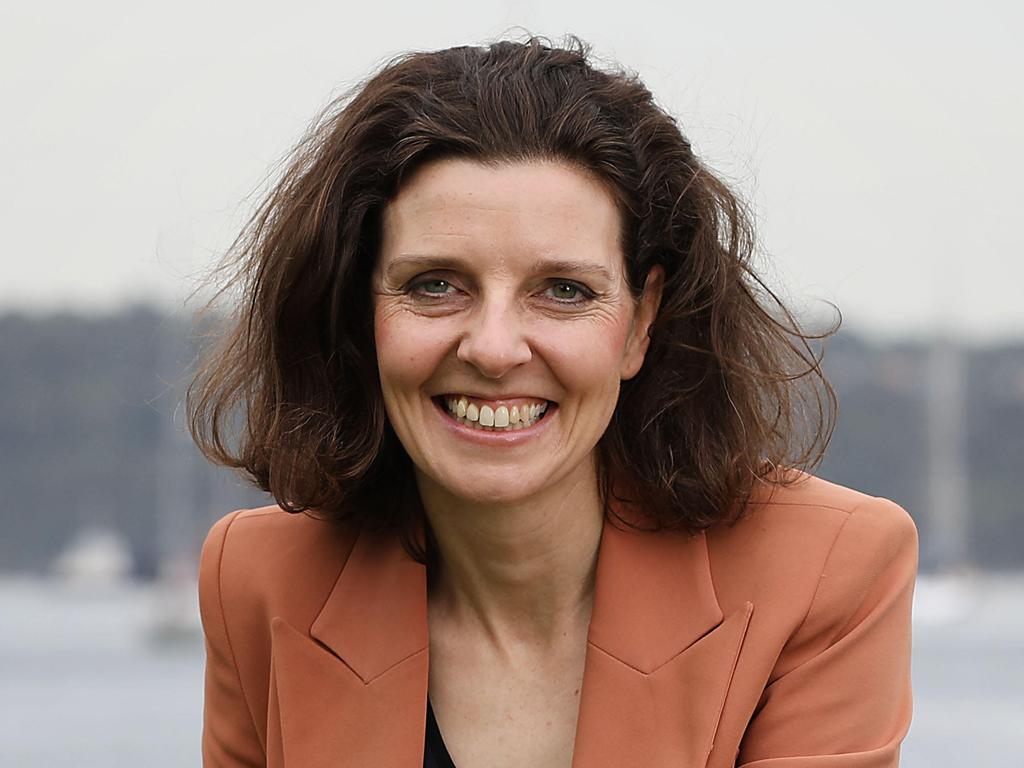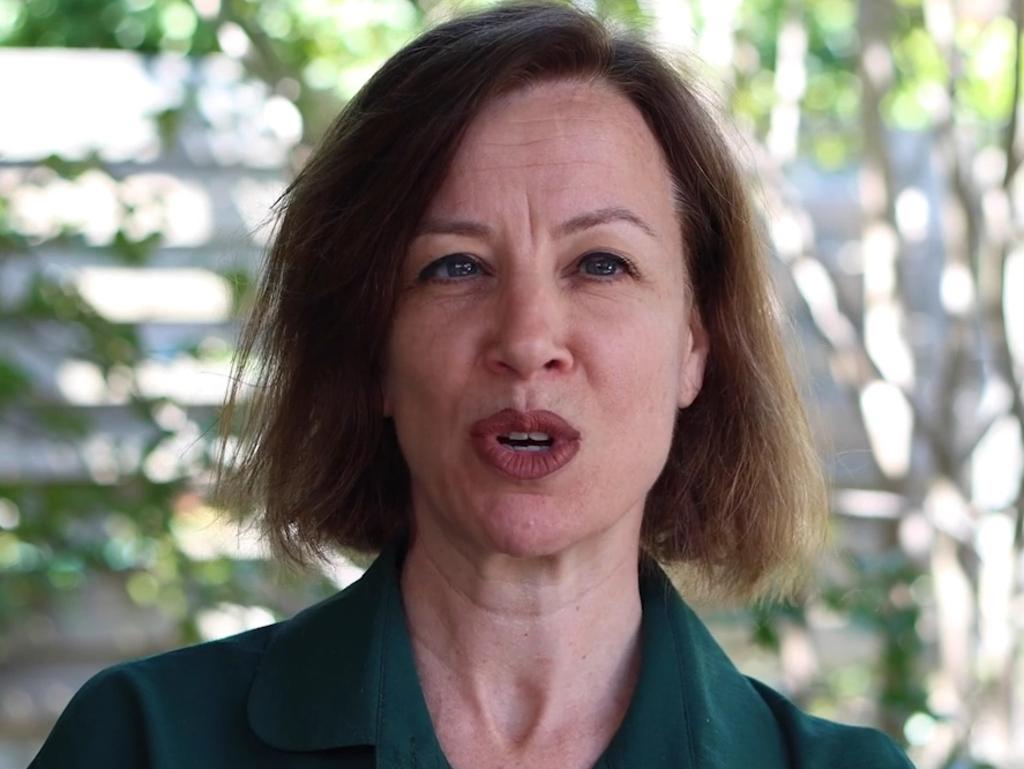‘Independent’ mavericks are likely to crash and burn
The gaggle of ‘independent’ candidates contesting inner-city Liberal seats may be garnering attention, but let’s be honest about their prospects.

The three one-time Liberal strongholds currently held by the crossbench are Indi, Mayo and Warringah, respectively by Helen Haines, Rebekha Sharkie and Zali Steggall. All were lost in extraordinary circumstances unlikely to be mirrored in 2022.
Indi was lost by Sophie Mirabella, a polarising conservative MP out of step with the values of the electorate she represented. It is also a rural seat. Tony Abbott’s defeat at the hands of Steggall was similarly unique: a former PM seen to have overstayed his parliamentary welcome who was too conservative for many of his electors. Jamie Briggs lost Mayo having been under a cloud and dumped from the ministry. A former staffer won the seat as an independent.
Put another way, in each of these instances the Liberals lost traditionally safe seats to independents because of perceived failures attached to the serving Liberal MPs. At next year’s election, the pitch to dump Liberal MPs and shift support to independents is less enticing.
The seats being targeted include Wentworth, North Sydney and Mackellar in NSW. In Victoria, the independent collective is aiming to pick up Goldstein and the Treasurer’s seat of Kooyong. All are held by moderate-leaning Liberals, which diminishes the reason for throwing them out on the grounds they are out of touch with their inner city electors.
This week, an advocate for Christian Porter’s accuser, Jo Dyer, announced she would be running for the seat of Boothby in South Australia. Liberal MP Nicolle Flint is retiring. A seat with a retiring MP is always more vulnerable, but Dyer is an activist who doesn’t exactly fit the moderate small ‘l’ liberal other women contesting seats as part of the independent alliance do. It’s hard to see her polling ahead of Labor in Boothby, much less the Liberals.

Other than Dyer, Liberal attacks against independent candidates running in these seats are neither fair and accurate. Federal Liberal Party director Andrew Hirst has sought to paint all of them as left-wing stooges masquerading as moderate. Dyer aside, that’s a false narrative. It is true, however, that the Liberal Party has drifted to the right. It is also true that moderates aren’t as effective within the Liberal partyroom as they should or could be on issues such as climate change.
But unless circumstances uniquely conspire against Liberal MPs, defeating them on home soil in safe seats is a tall order. None of the MPs under attack is what you might call odious.
To be sure, if Scott Morrison loses the election with voter support ebbing away even further than it already has between now and polling day, a number of these so-called independents (centrally funded, a point for another column) should fancy their chances.
A big shift in voter sentiment would cause electoral carnage all over the seat-by-seat map. But under such preconditions Morrison is a loser anyway, and Labor wouldn’t need to work with the crossbench, or at least not new crossbenchers when the likes of Andrew Wilkie and Adam Bandt are guaranteed to support a Labor government.
One of the myths in Australian electoral studies is that when government’s lose they lose big. That is only true of Labor governments. Conservative governments, on the three occasions they have lost power since World War II, have done so with perhaps surprisingly narrow margins. Certainly on two occasions. That’s in contrast to the way Labor governments lose, with thumping defeats at the ballot box. Perhaps the progressive side of politics falls harder when it fails.
Labor defeats in 2013, 1996 and 1975 all saw huge swings against the government with large majorities for the incoming Coalition governments.
In 1972, when Gough Whitlam won the “It’s time” election, there was much fanfare with the end of 23 years of continuous Coalition rule. However, the majority secured was just five seats strong, and that was after campaigning against perhaps the worst PM in Australian history, William McMahon. Granted, the two-party vote was strong for Labor, but prising individual seats off the Coalition proved to be more difficult than the headline numbers suggested.
It was the same in 2007, despite the theatre of the Kevin 07 push and the long-in-the-tooth leadership of John Howard. While Howard lost his own seat on the way to defeat, Rudd’s majority was just eight in a parliament significantly enlarged from 1972.
Again, the two-party vote for Labor was strong, but the Coalition managed to sandbag enough seats to contain the swing against it.
Bob Hawke’s majority of 13 in 1983 was more in keeping with the way the Coalition wins its way into office, but it was still smaller than all four Coalition wins since the war. Tony Abbott won in 2013 with a majority of 15, Howard’s 1996 majority was 20, and Malcolm Fraser won in 1975 with a 17-seat majority. Robert Menzies even secured a 14-seat majority in the smaller parliament of 1949.
Today’s House of Representatives has an additional 30 seats.
The point is that the conservative side of politics is good at sandbagging seats, helped along by no small amount or pork barrelling. That’s a major incumbency advantage that helps a government retain key marginal seats.
Independents can and do win seats of major parties, but circumstances have to conspire against the major party under siege.
While theoretically an independent needs only 25 per cent of the primary vote and they can make up the other 25 per cent with preferences from Labor and the Greens, doing so isn’t easy in seats considered blue-ribbon Liberal seats. Many independent candidates struggle even to get their primary vote above that of Labor such that preference flows can work in their favour.
While the independent collective targeting safe Liberal seats will be a distraction for Morrison, and it will force the party to devote money and manpower to retaining seats it otherwise would have taken for grants, we’re unlikely to see many (if any) of them fall.
Peter van Onselen is the Political Editor at Network 10 and a professor of politics and public policy at the University of Western Australia and Griffith University.





The gaggle of “independent” candidates contesting inner-city Liberal seats at next year’s election is receiving no small amount of media attention. But how realistic are their chances of success? Not very, is the answer. In the recent past, when such seats have been picked up by independents unique circumstances have precipitated the change.